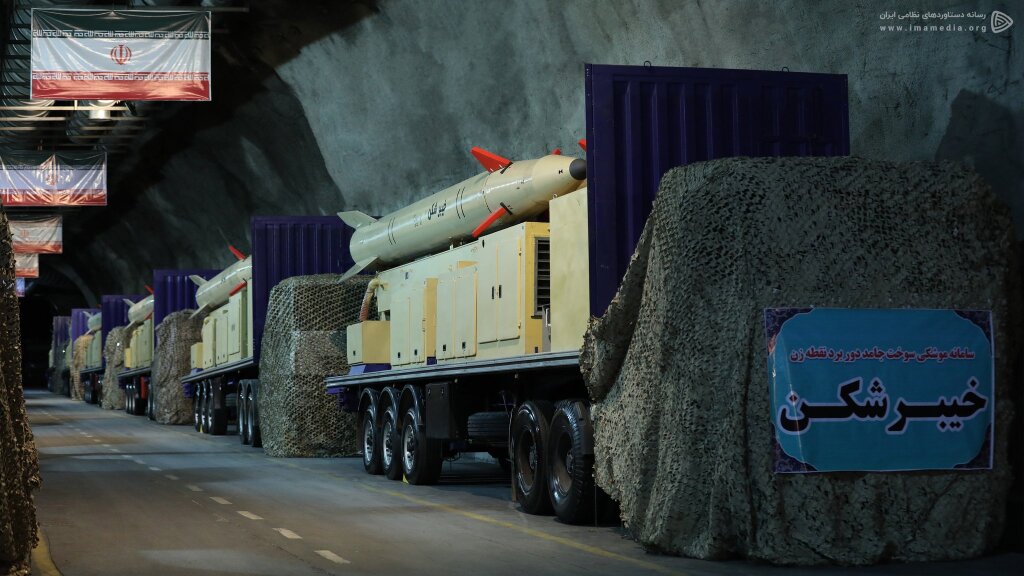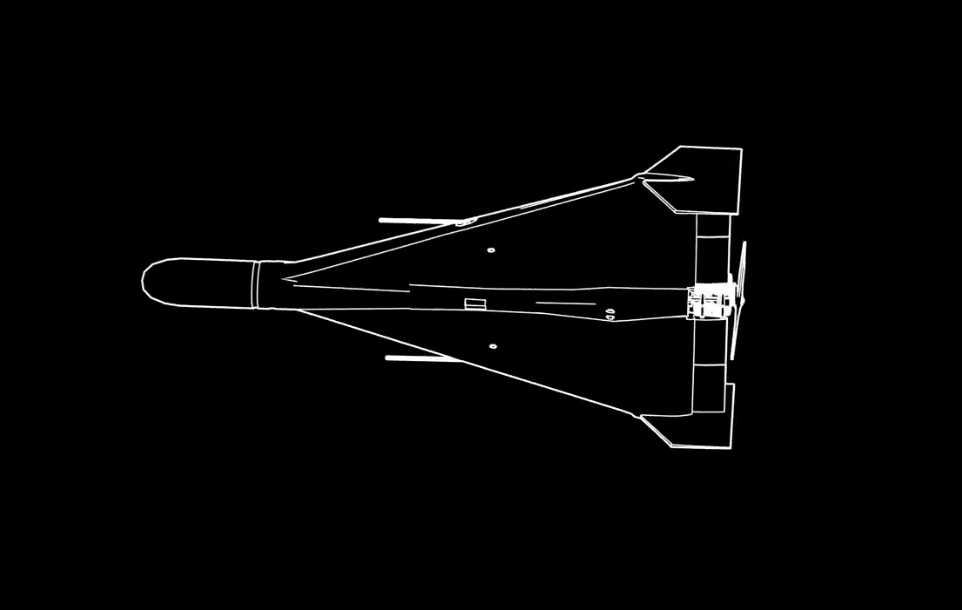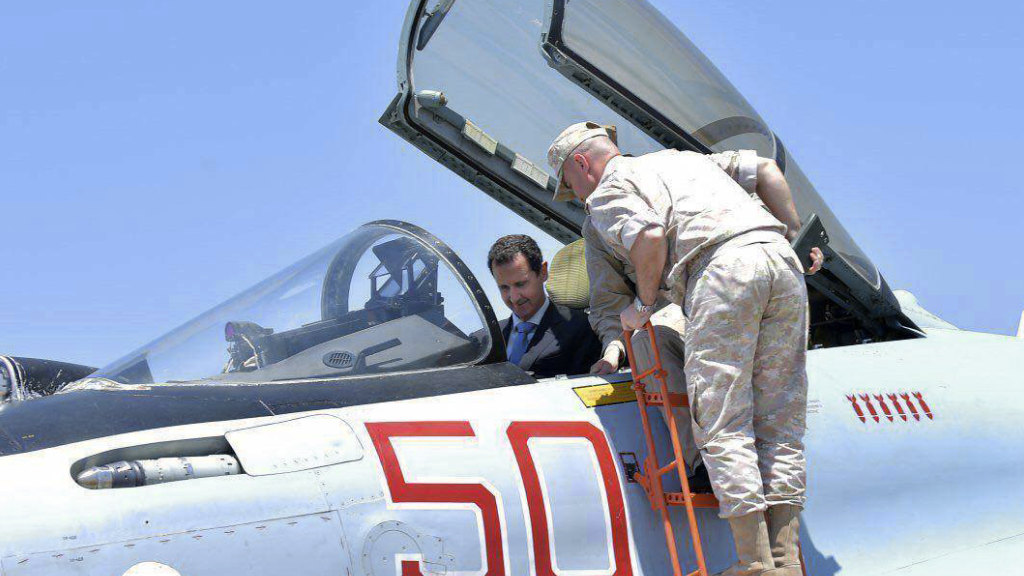The Iranian military has been directly and indirectly active in a number of modern military conflicts, including in Syria, and is engaged in an ongoing low intensity conflict with Israel.
Airwars has documented dozens of allegations of civilian harm from actions involving Iran-backed militant groups in Syria since 2017.



